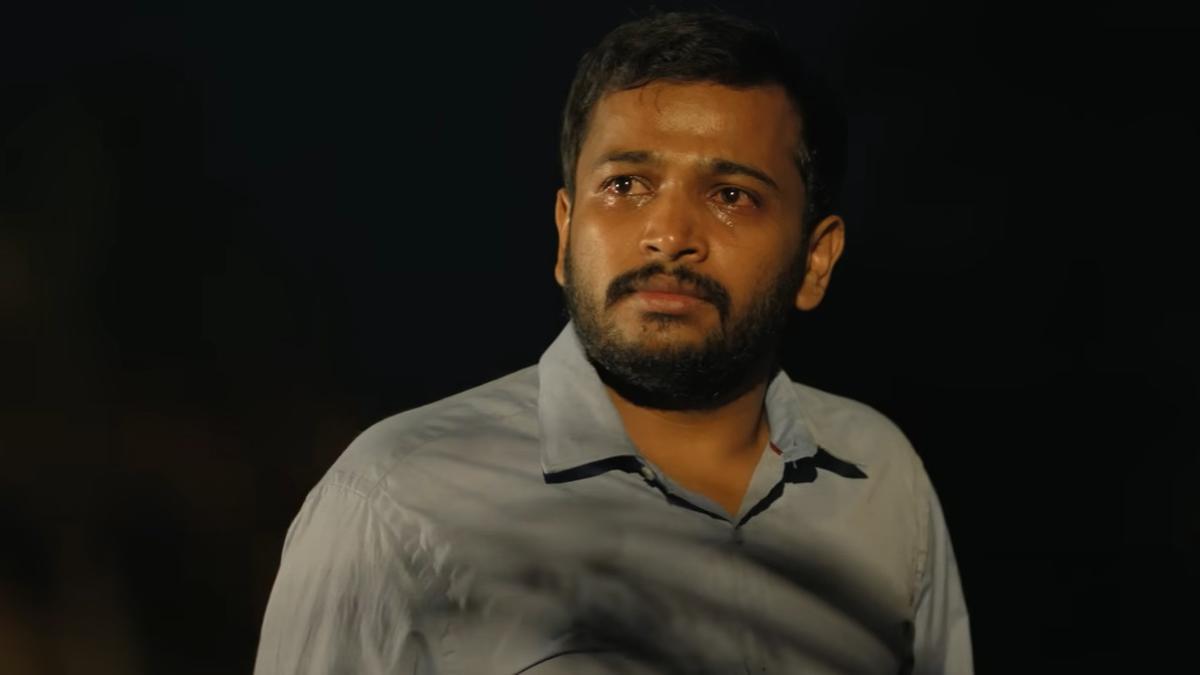
On an evocative evening at Bharatiya Vidya Bhavan, the sonic tapestry woven by the Trichur Brothers, Srikrishna and Ramkumar, unfurled into an experience that transcended the conventional boundaries of a Carnatic music concert. The concert, which spanned an engrossing 140 minutes, was steeped in traditional raga explorations yet punctuated with participatory interludes that drew the audience into a collaborative rapture.
From the outset, it was clear that the duo had a vision to make the concert experiential, and they did so by deftly employing a trio of prudent musical strategies. Even in the absence of elaborate niraval improvisations in the early segments, their adeptness at swaraprastara—the intricate weaving of melodic patterns—shone through, hinting at the sophistication that was to follow.
Their first masterstroke occurred during the varali, a pre-intermission centerpiece. Here, the brothers artfully navigated the ragam’s contours, stitching together korvais and finishing with a flourish of mathematical precision. They then escalated the concert’s experiential quotient by engaging in a call-and-response with the audience, delivering sketches of the bihag raga that the listeners echoed back, creating a warm and inclusive atmosphere.
The main suite of the evening, however, was where the Trichur Brothers laid bare the full spectrum of their musicality. The Hemavathi raga emerged from Srikrishna’s finesse with rounded oscillations, which the brothers elevated through sustained exchanges that never sacrificed composure for mere showmanship. Teen prodigy violinist V.S.P. Gayathri Sivani’s piercingly pure solo further distilled the essence of Hemavathi, despite its brief duration compared to the vocalists’ exposition.
As the brothers ushered in the tanam, there were moments of unity and dissonance where a cacophony seemed within reach, but they sidestepped it, favoring restraint. The rendition of ‘Shri kantimatim,’ quick-paced yet contained, was exemplary, with a niraval at ‘Shukashounakadi’ adding a contemplative layer to the proceedings. It was during the tani avartanam, the percussive exchange segment, that the fabric of rhythm unraveled as father Trichur R. Mohan on the mridangam and Nerkunram S. Sankar on the ganjira explored polyrhythmic territories while maintaining a synergy that only familial ties can instill.
The interactive beat-counting during the tani avartanam, encouraged by Srikrishna, reiterated the ethos of audience participation, which was a leitmotif of the evening. The segment served as both a nod to the technical prowess of the percussion duo and a collective rhythmic exercise.
Prior to the immersion in Hemavathi, the performance had already coursed through a series of renditions that displayed their lineage’s influence, notably the Semmangudi school, as seen in their presentation of ‘Ka va va’ in Varali and ‘Maaramanan’ in Hindolam.
The concert commenced with the ‘Chalamela’ varnam, whose straightforward alapana set the stage for the Nattai kriti that seemed infused with nuances of Hindustani Jog, demonstrating the brothers’ adept skill in hybridizing Carnatic motifs with northern Indian inflections.
As the evening drew to a close, the auditory journey culminated with ‘Narayana te’ and ‘Harivarasanam’ in Madhyamavati—fitting for the Mandalam season at Sabarimala—a poetic end to an evening that was as much about communion as it was about showcasing the immaculate art of the Trichur Brothers.
The concert was not just about the songs sung or the ragas played; it was the synchronous clapping, the collective humming of the audience, and the shared smiles that together transformed the concert into an immersive shared experience. The meticulous musicianship of the brothers and their collaborators on stage held the audience in a mesmerizing spell, reaffirming the enduring appeal and relevance of traditional art forms when presented with innovation and an open heart.










